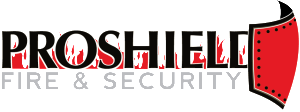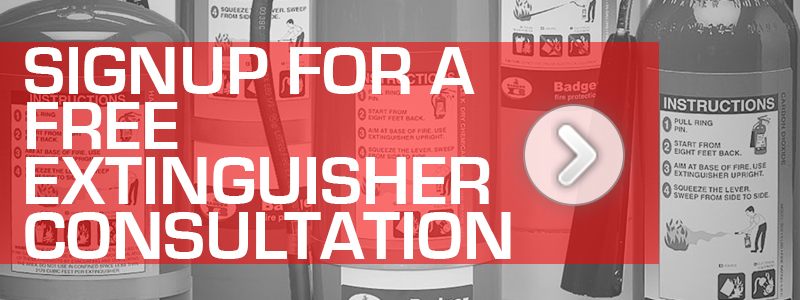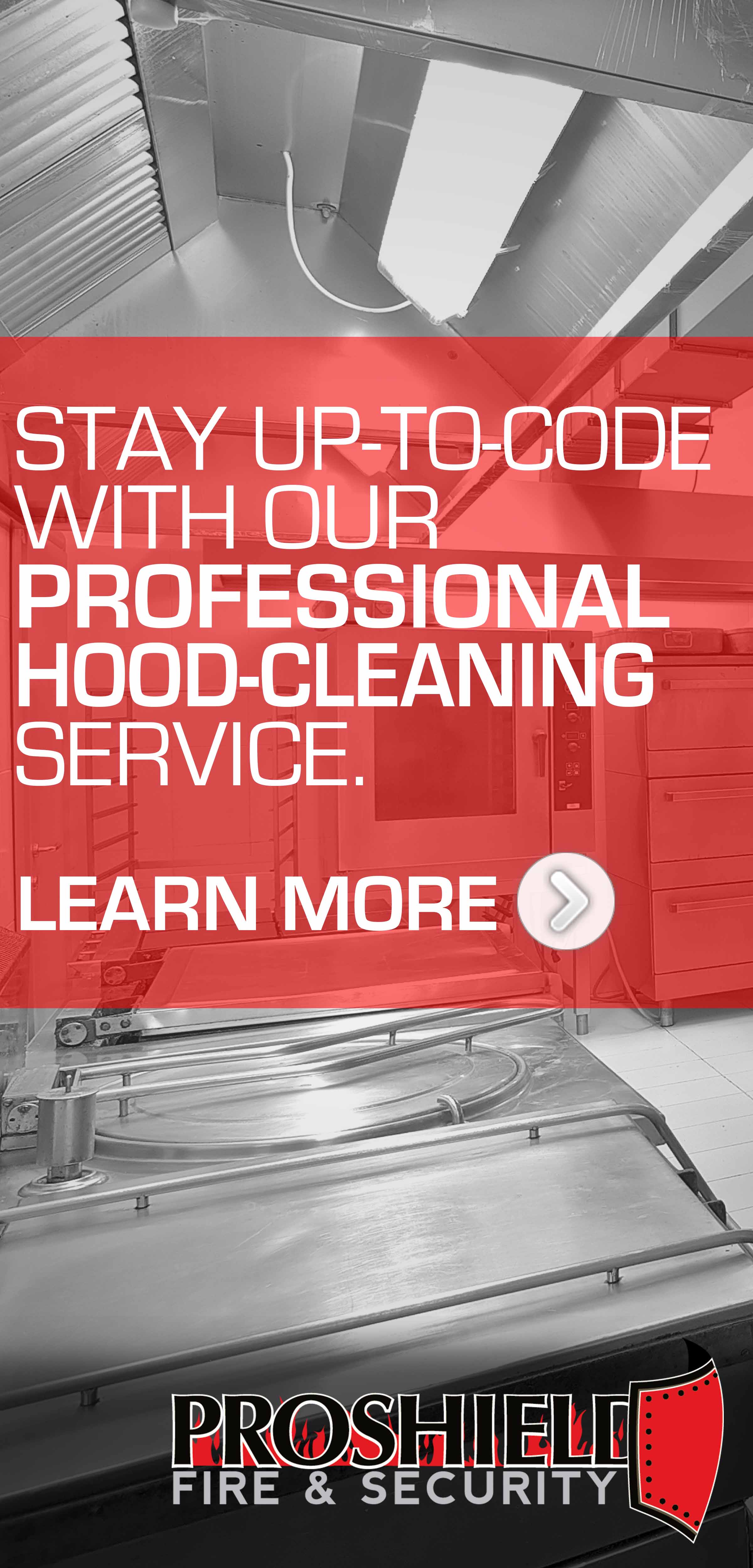Since a fire extinguisher is typically the first line of defense in a fire, it must be maintained to insure proper operation during an emergency.
Proshield Fire & Security inspects and maintains all types and most brands of fire extinguishers, providing on-site recharging, hydrostatic testing, and records management. Proshield Fire & Security sells new fire extinguishers that are durable, reliable and meet the required NFPA and building code standards.
Services Offered
Inspection (monthly)
A quick visual inspection that assures fire extinguishers are in their assigned place, not blocked or hidden, the pressure gauges show adequate pressure, pull pin and seals are in place, nozzles and hoses are clear of debris, and there are no signs of damage or abuse. The inspection tags have a place to sign and date after the inspection has been completed.
Maintenance (annually)
Annual maintenance on a fire extinguishers includes: updating the fire extinguishers certification tag; assuring fire extinguishers are in their assigned place, not blocked or hidden; confirming the pressure gauges show adequate pressure; assuring pull pin and seals are in place; confirming nozzles and hoses are clear of debris; confirming there are no signs of damage or abuse; making sure the fire extinguisher is cleaned; and making sure records are updated.
Recharge
Fire extinguishers are required to be recharged after discharge or as indicated by periodic maintenance based on the date of the extinguisher. Recharging is the replacement or replenishment of the extinguishing agent. In certain types of fire extinguishers, it may include the replenishment of the expellant.
In-Depth Maintenance (6 Year)
All stored pressure dry chemical fire extinguishers must be emptied and inspected internally and externally for pitting, rust, corrosion or contamination of chemical. The physical condition and operation of the valve parts are thoroughly inspected and repaired or replaced as needed.
Hydrostatic Testing
Fire extinguishers are required to be hydrostatically tested according to the schedule in NFPA 10. This involves emptying the fire extinguisher, filling it with water and pressurizing it beyond it’s normal pressure to verify the integrity of the cylinder. Extinguishers must be inspected internally and externally for pitting, rust, corrosion, or contamination of chemical. The physical condition and operation of the valve parts are thoroughly inspected and repaired or replaced as needed.



